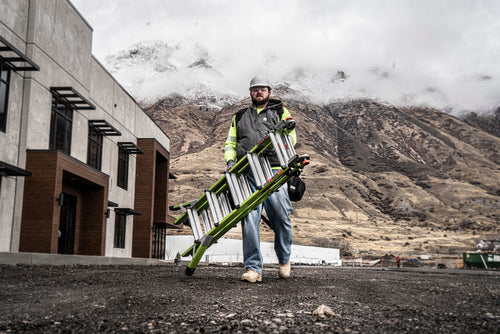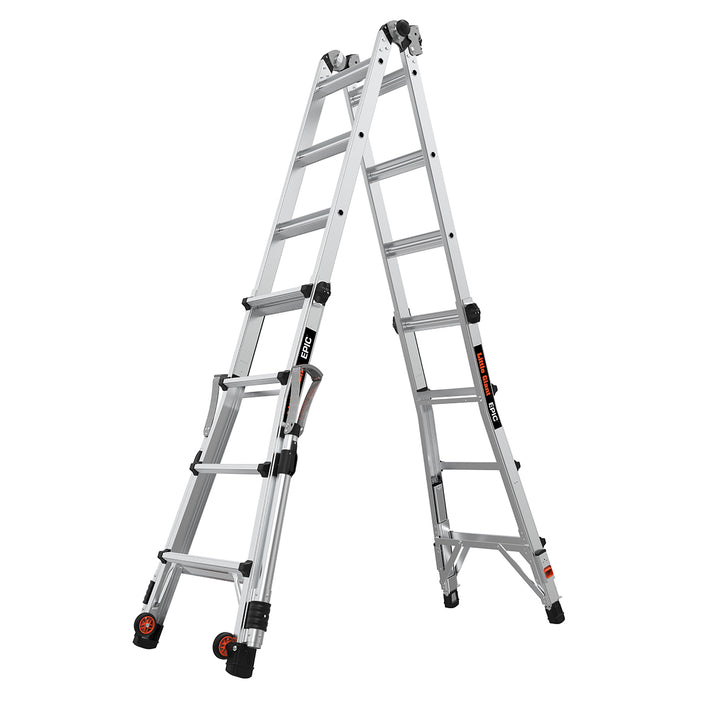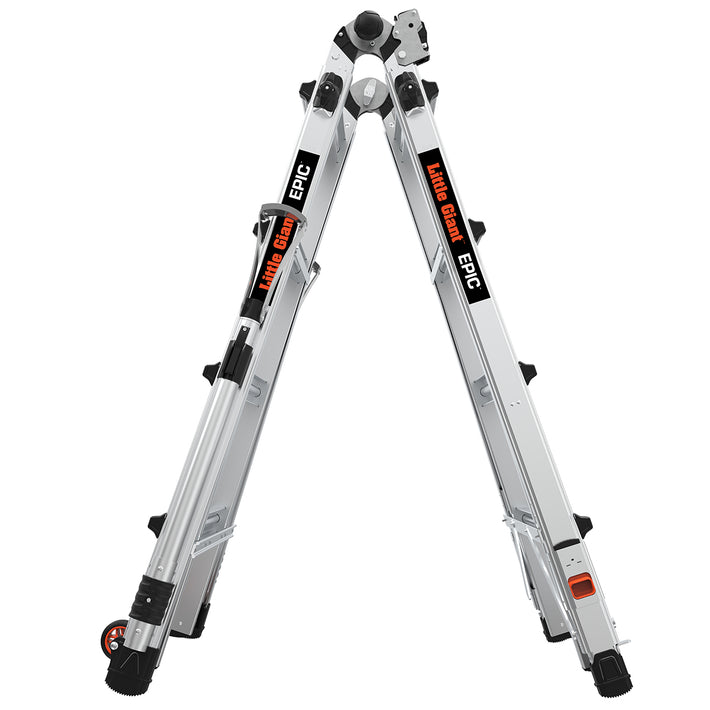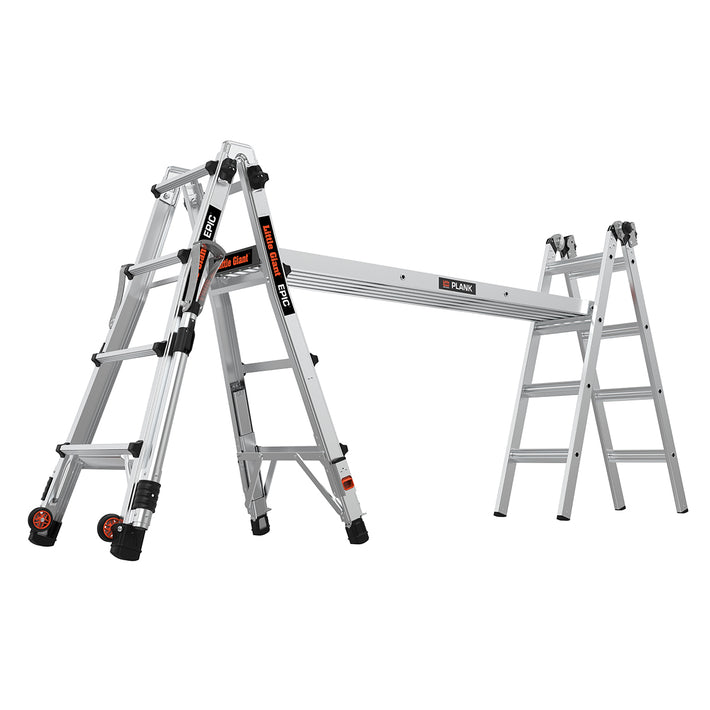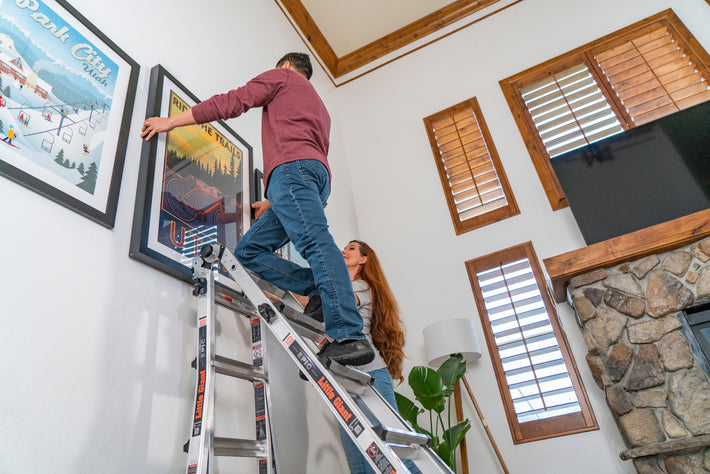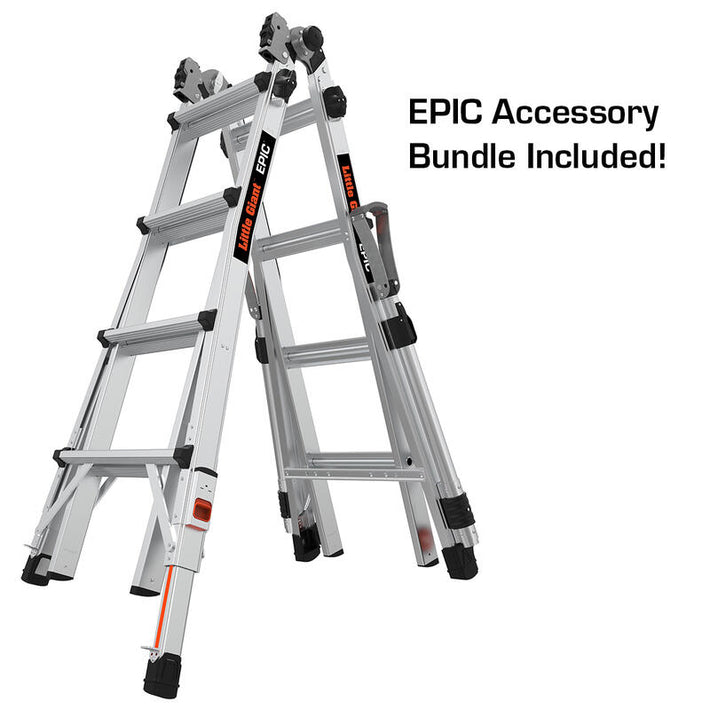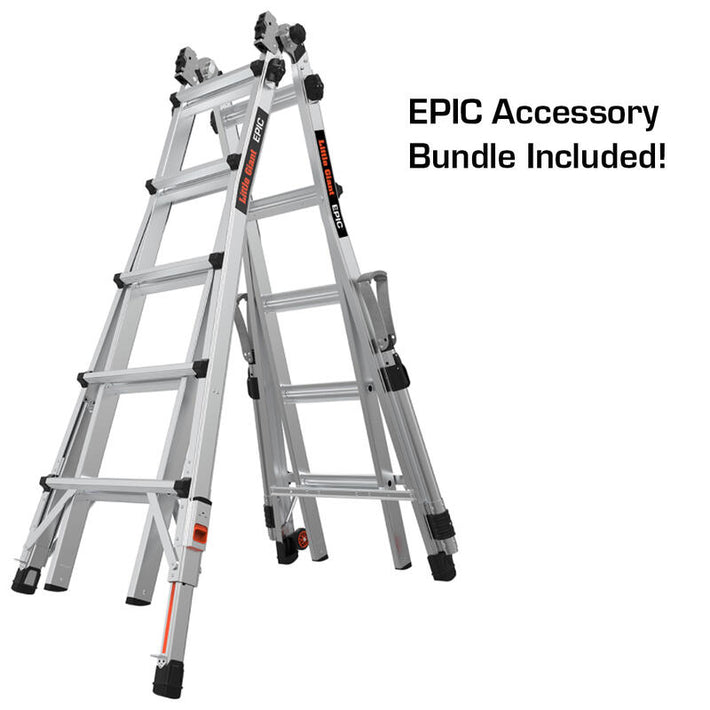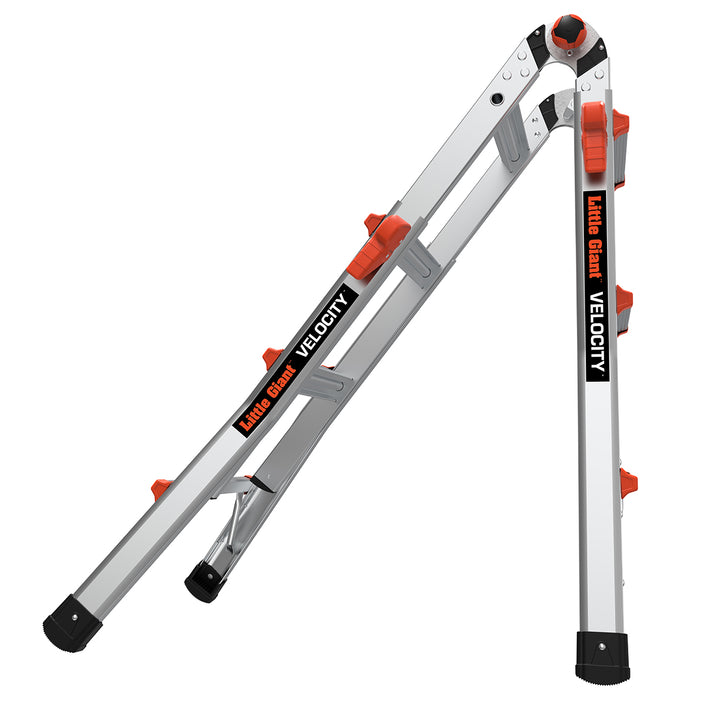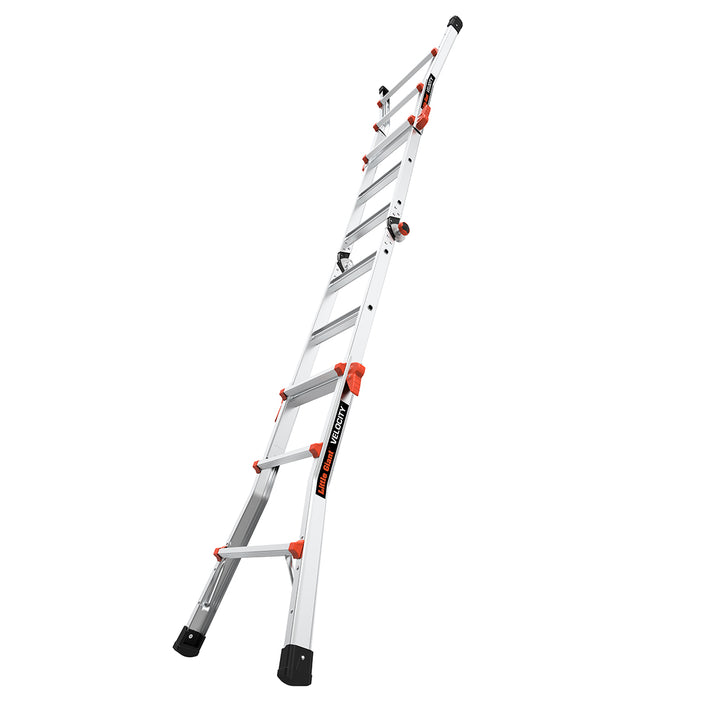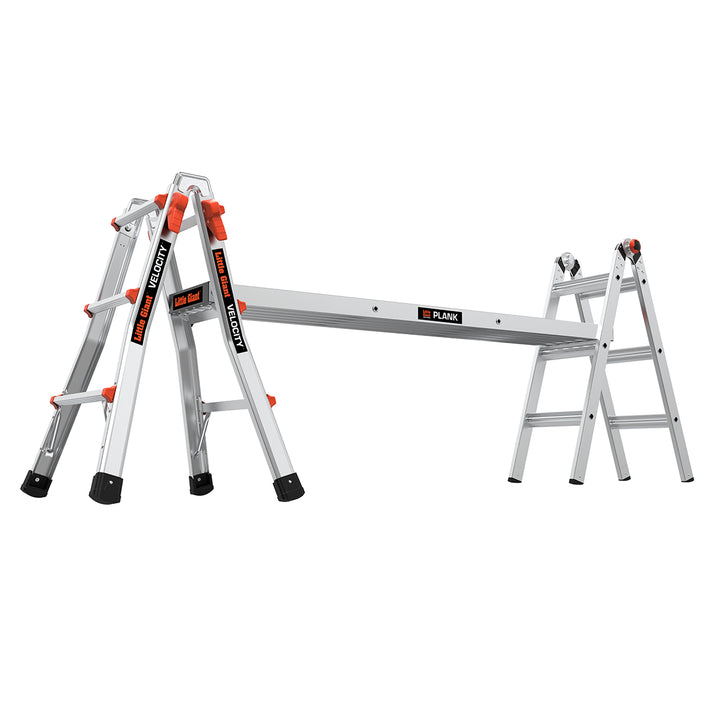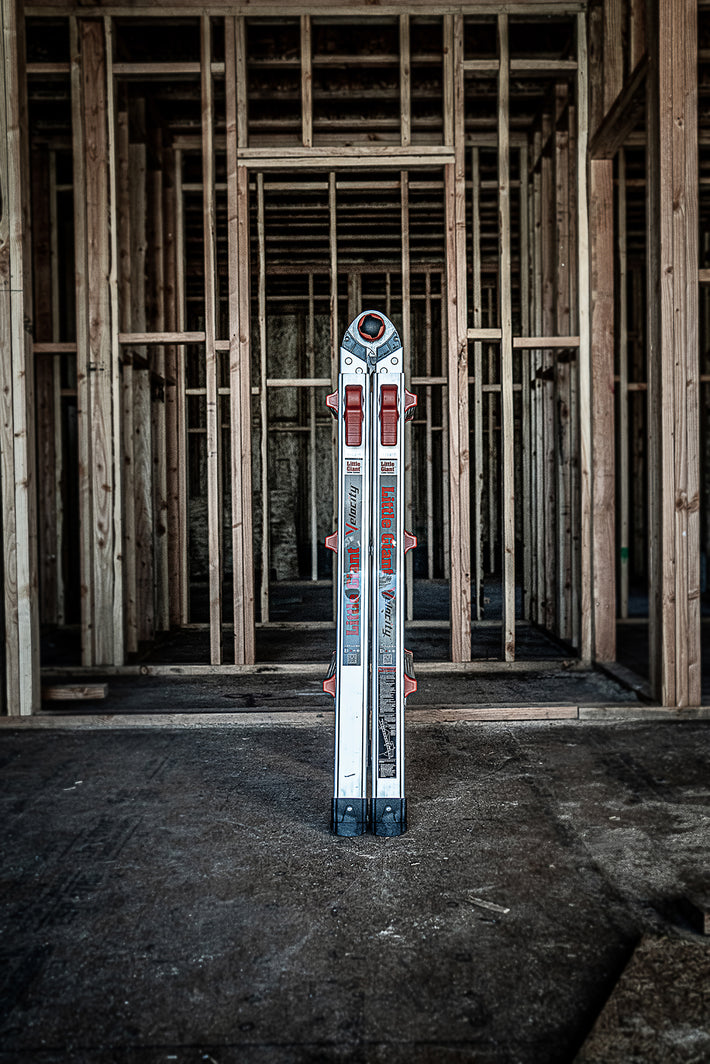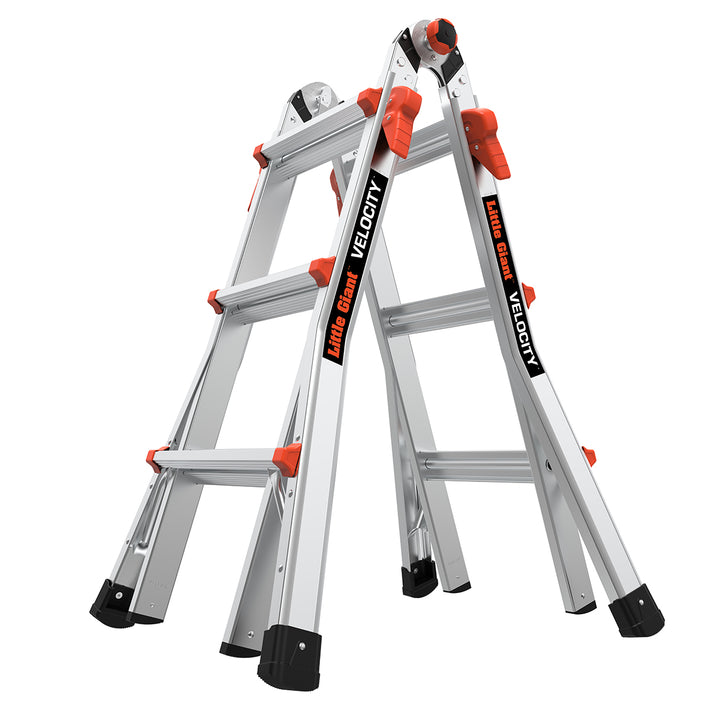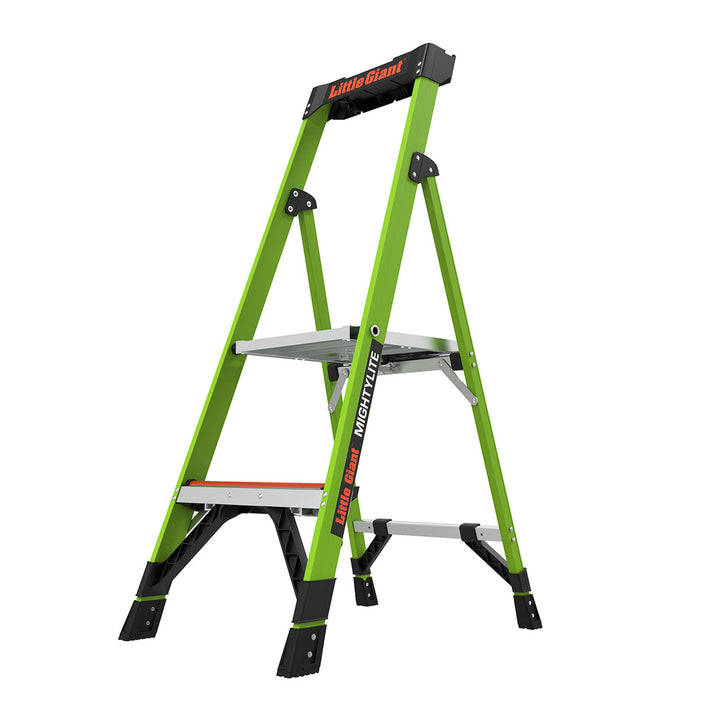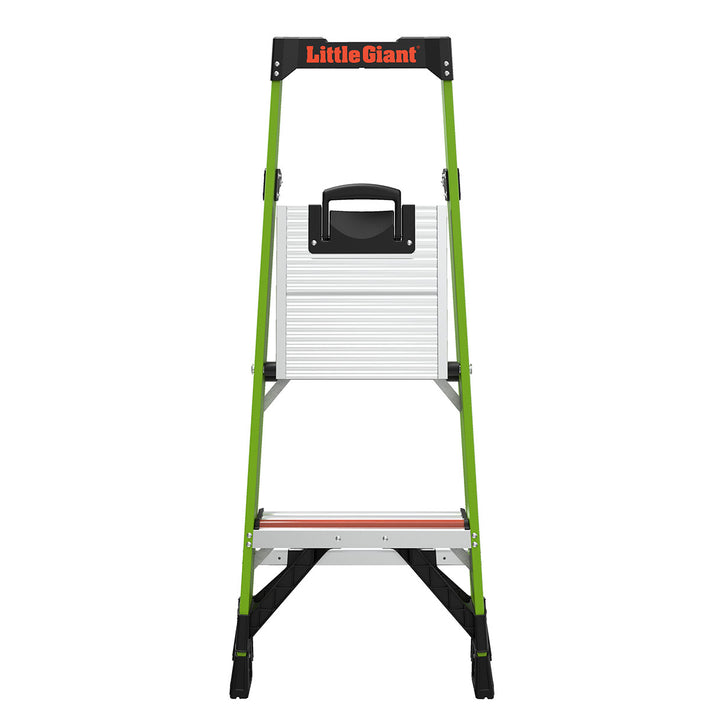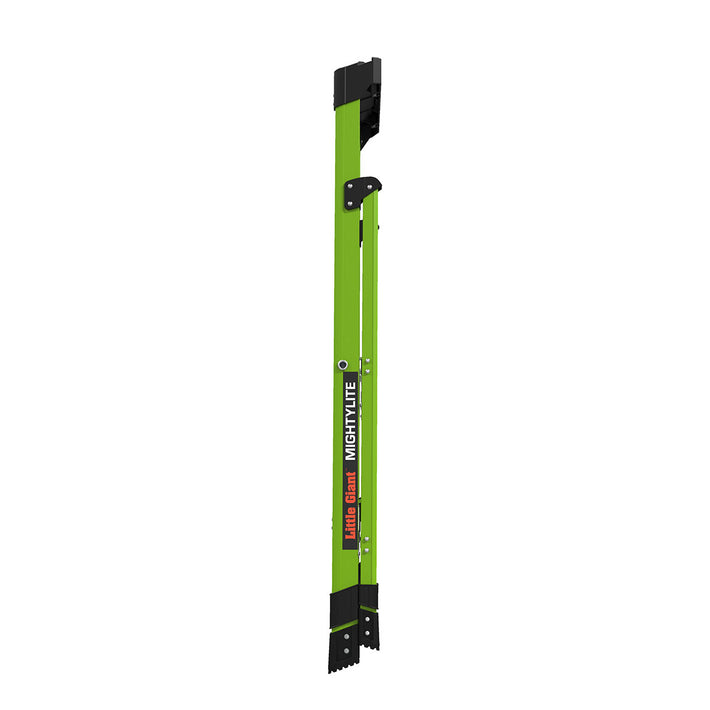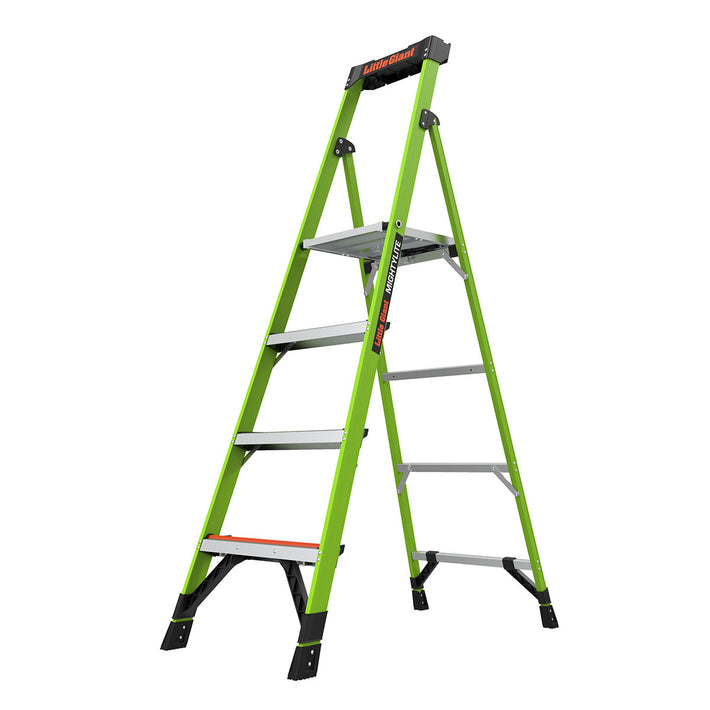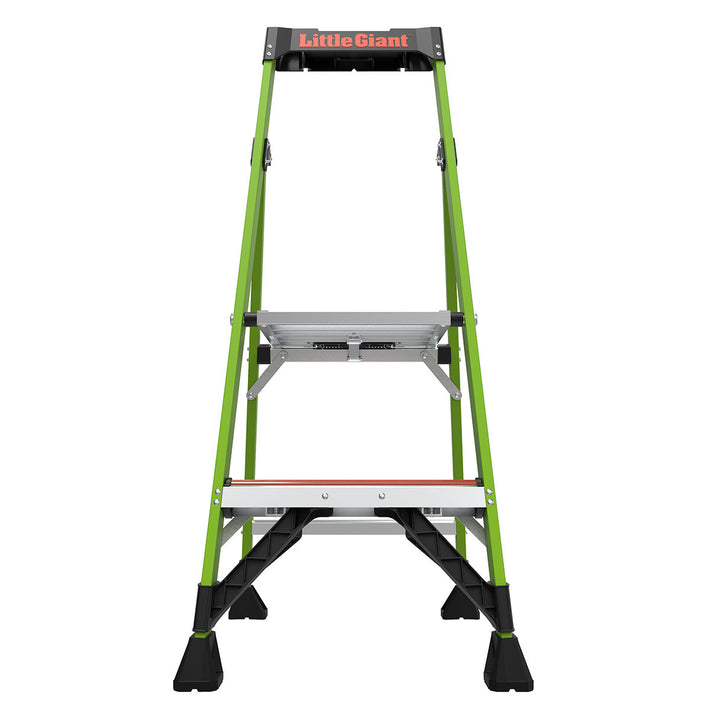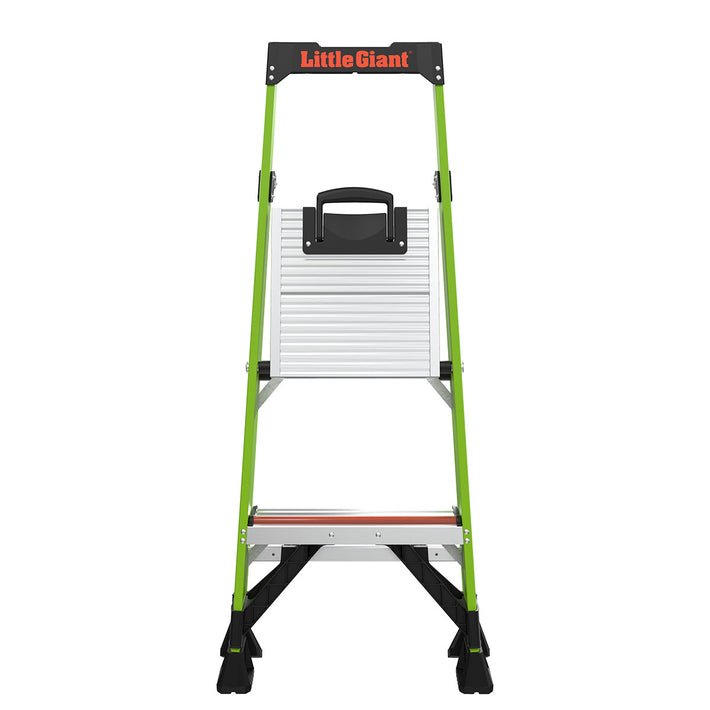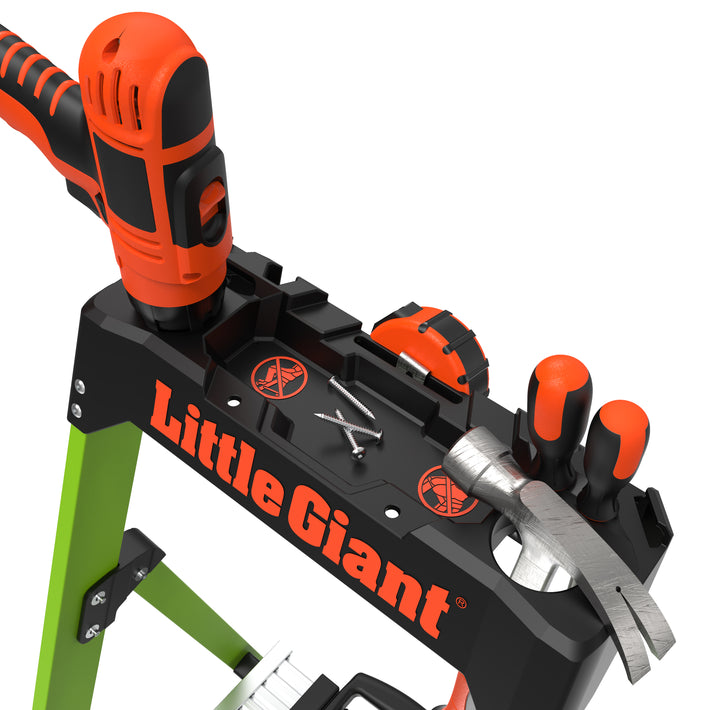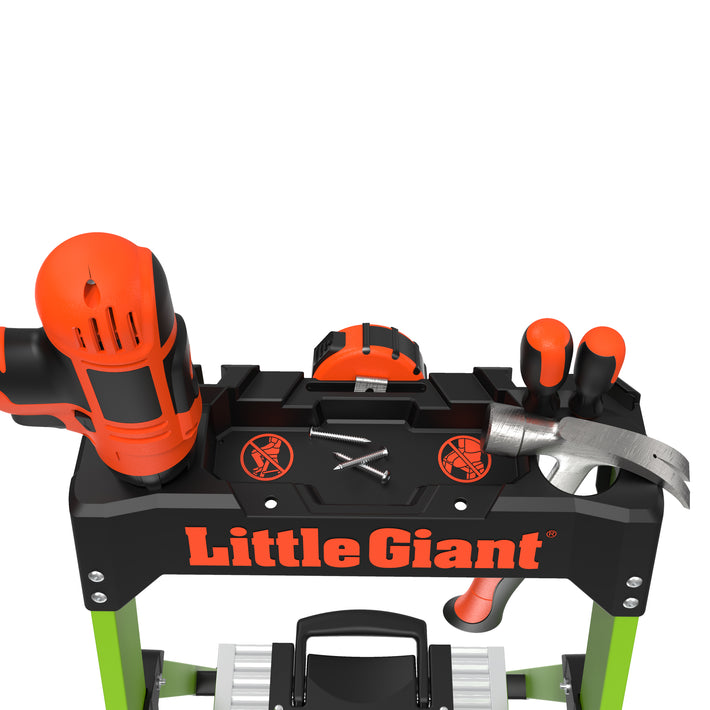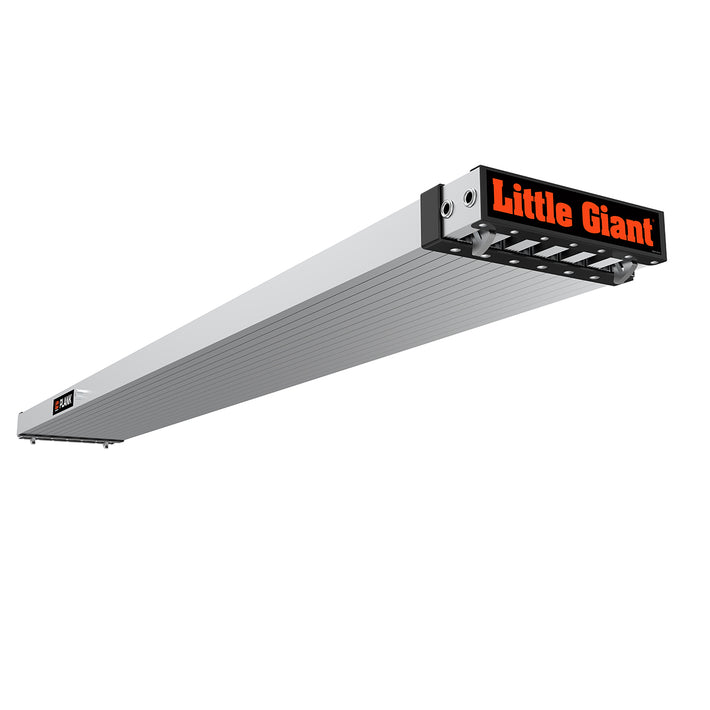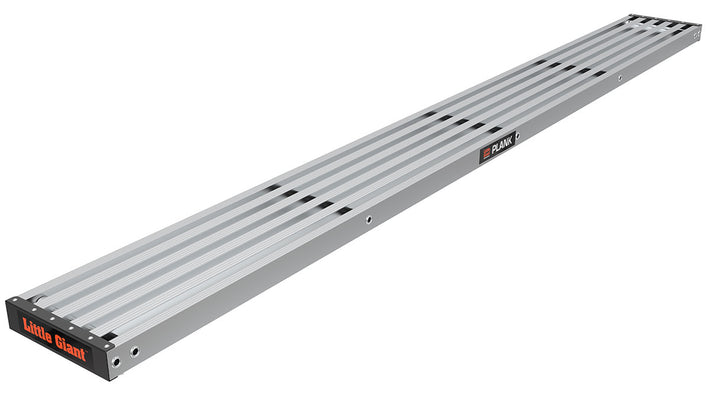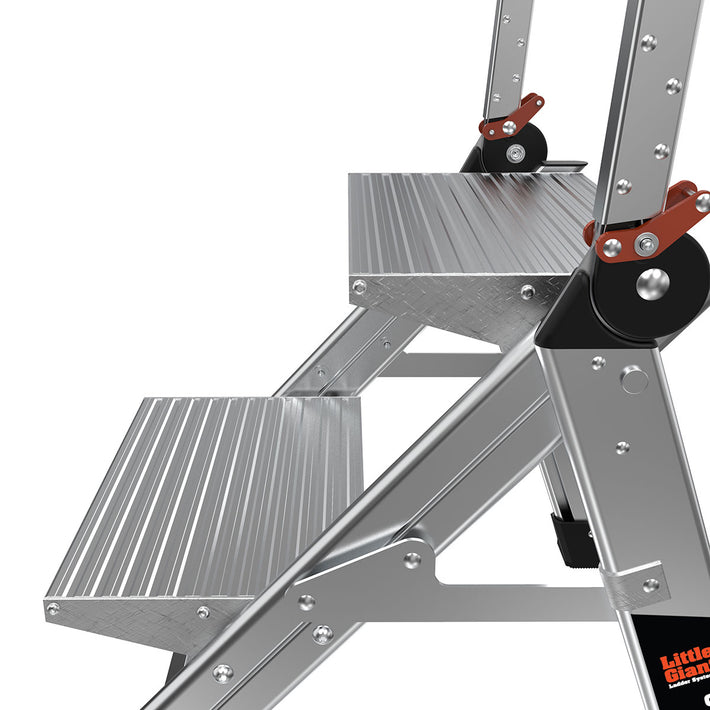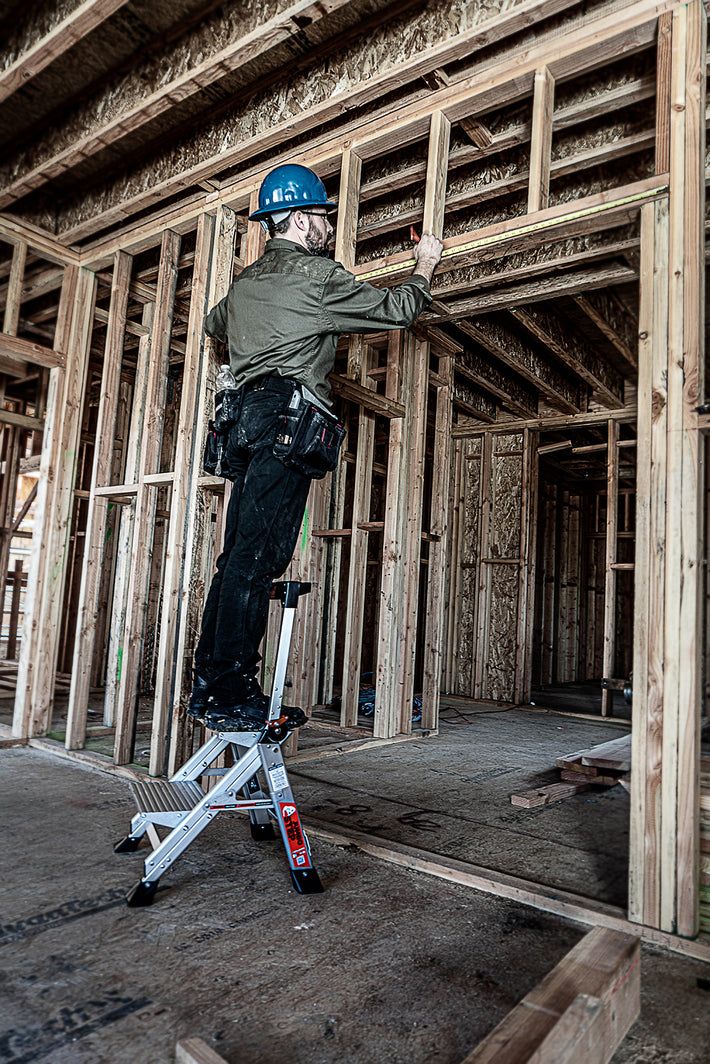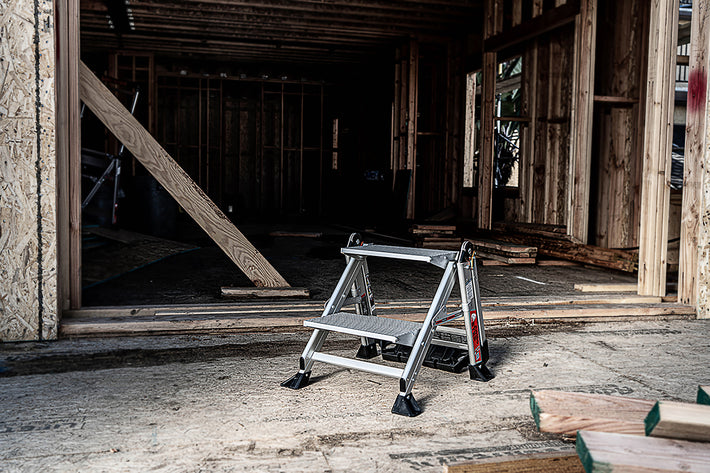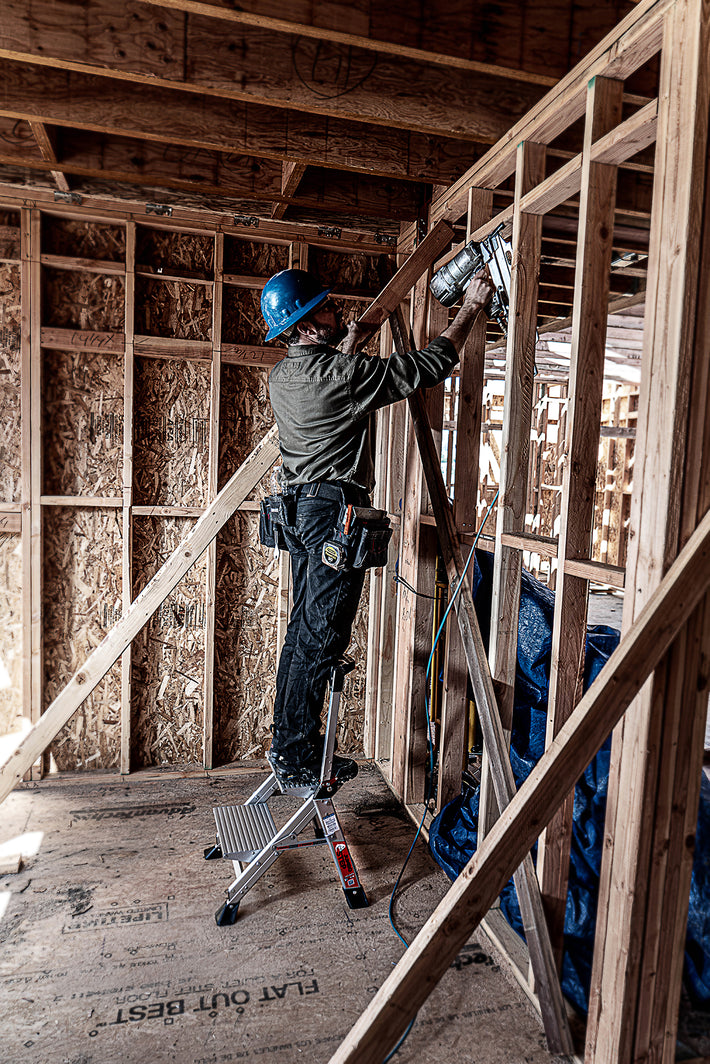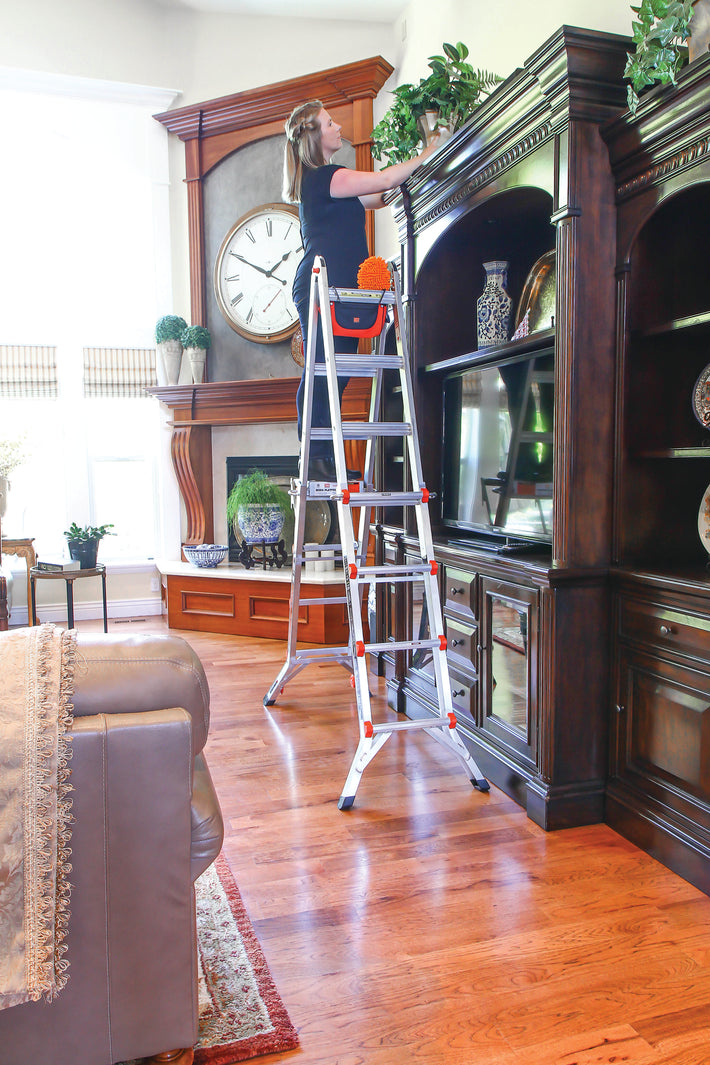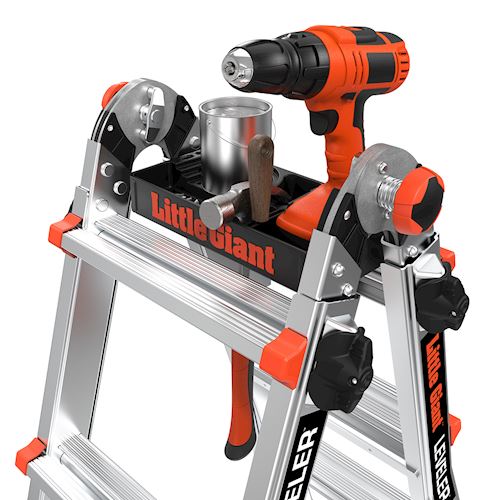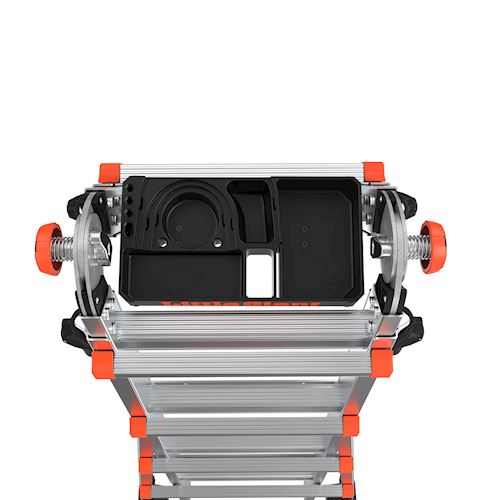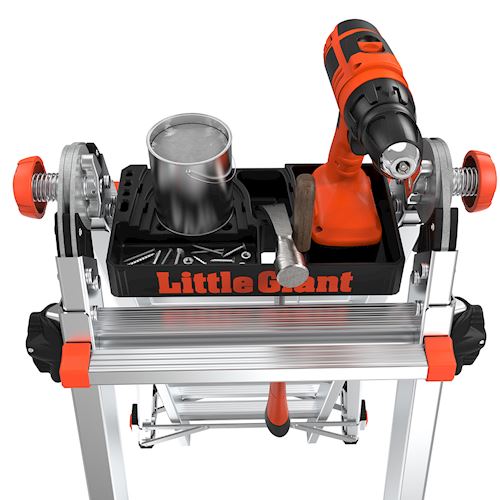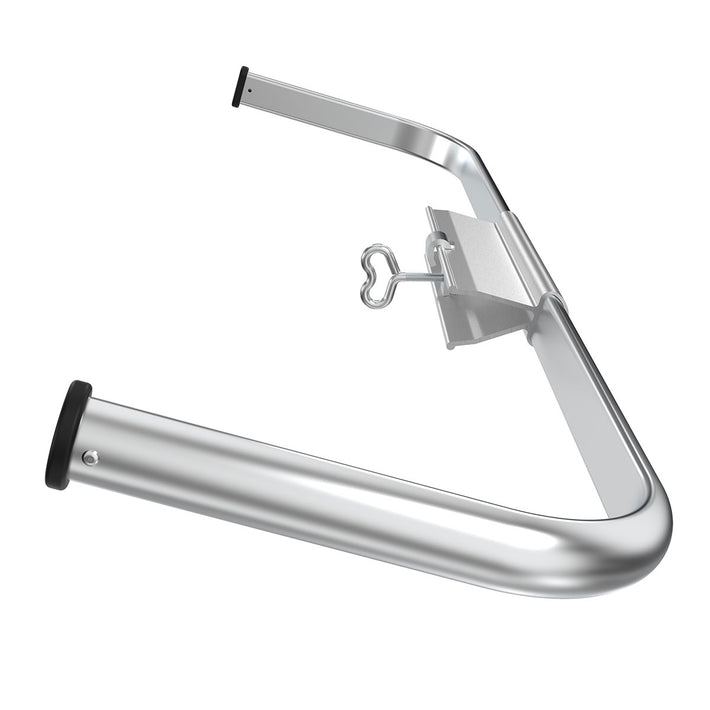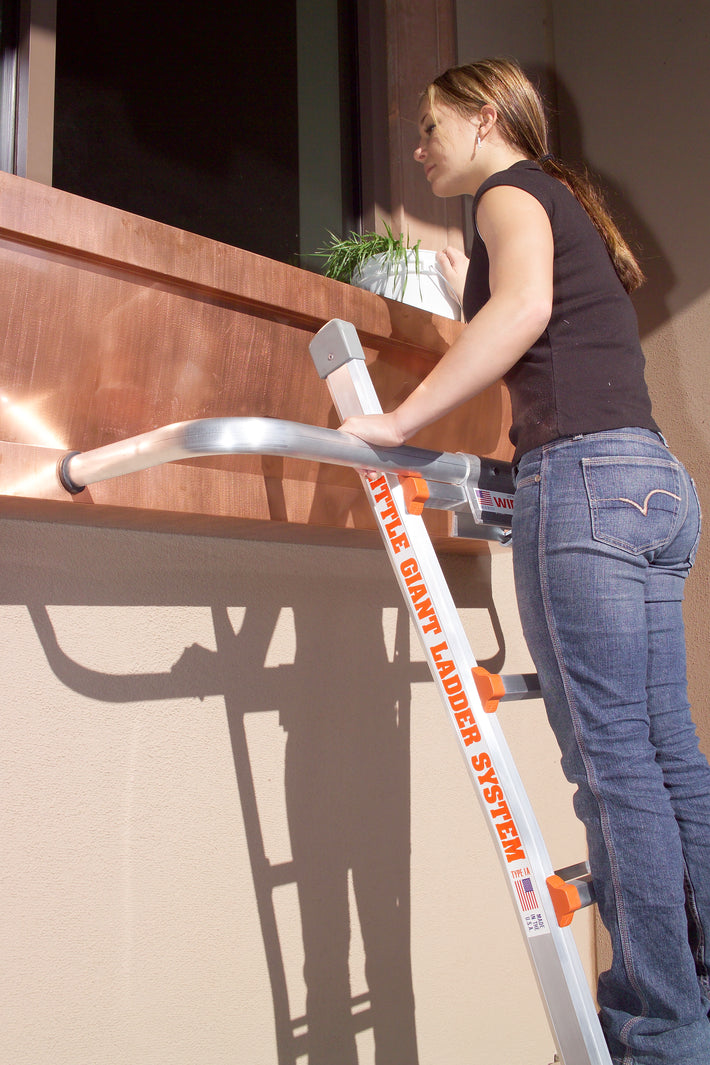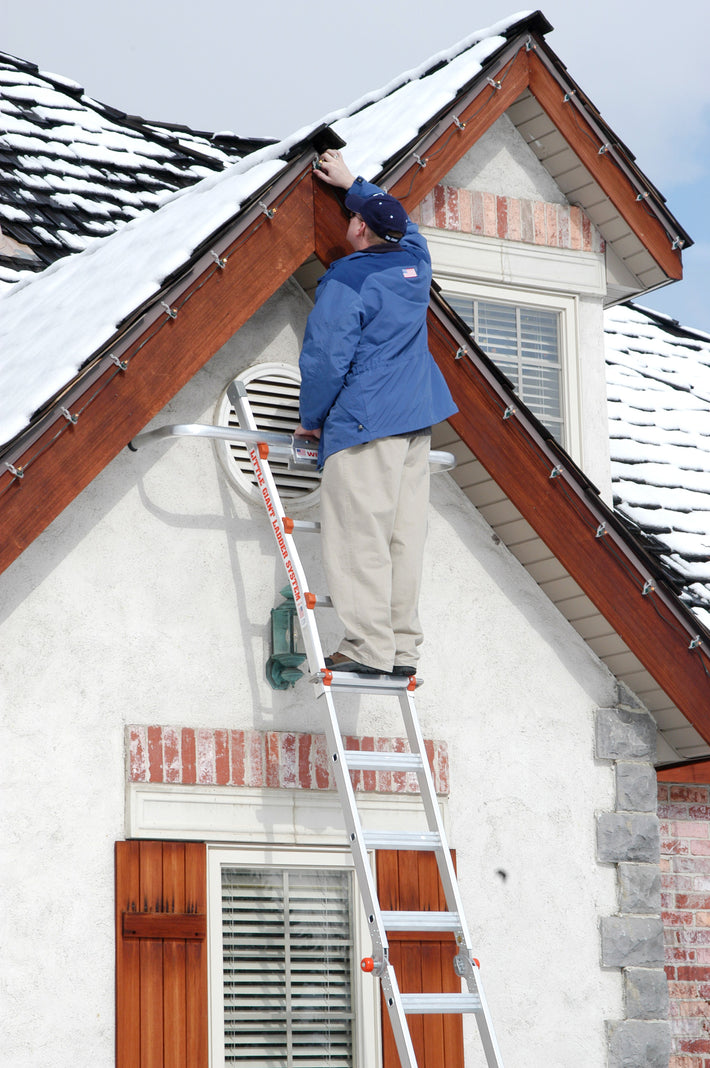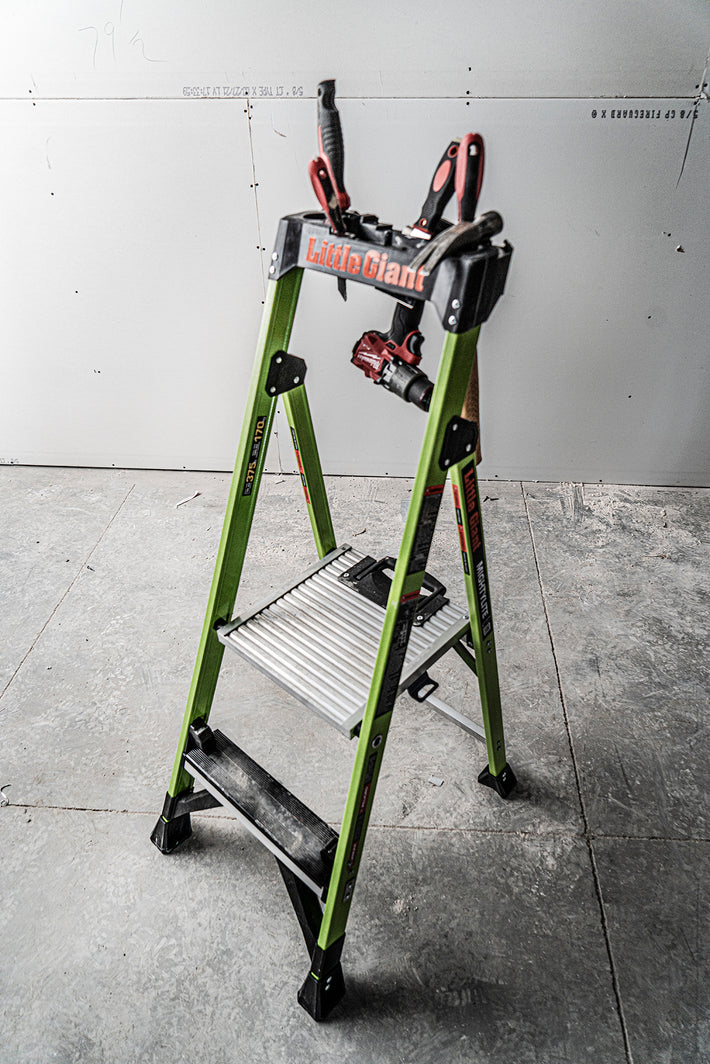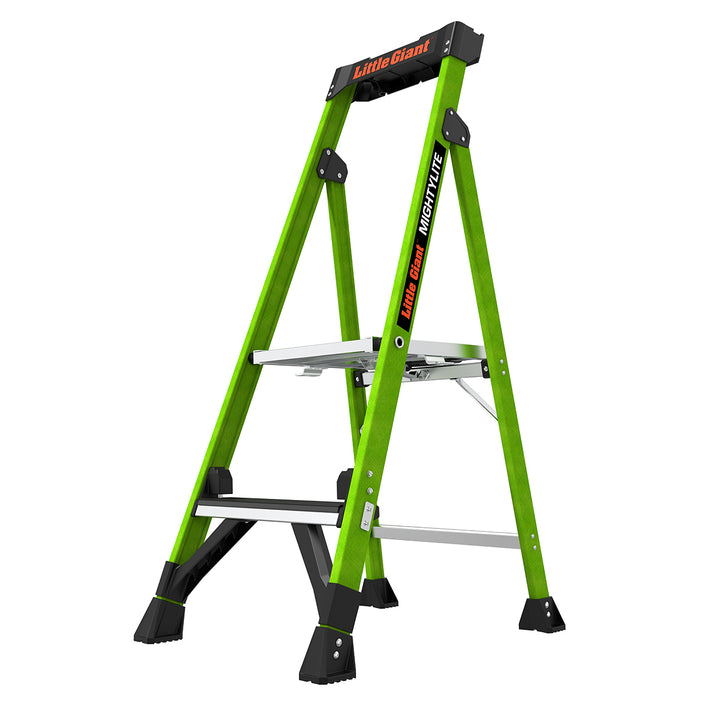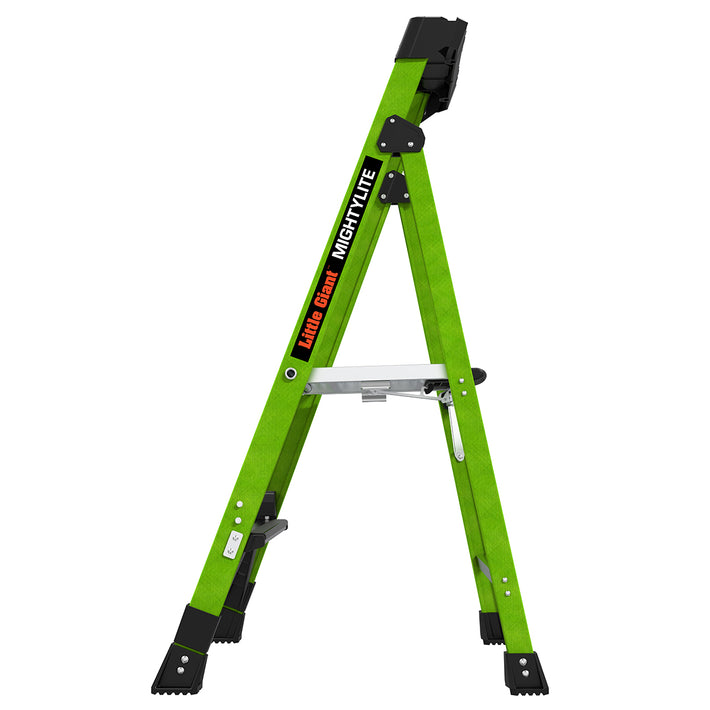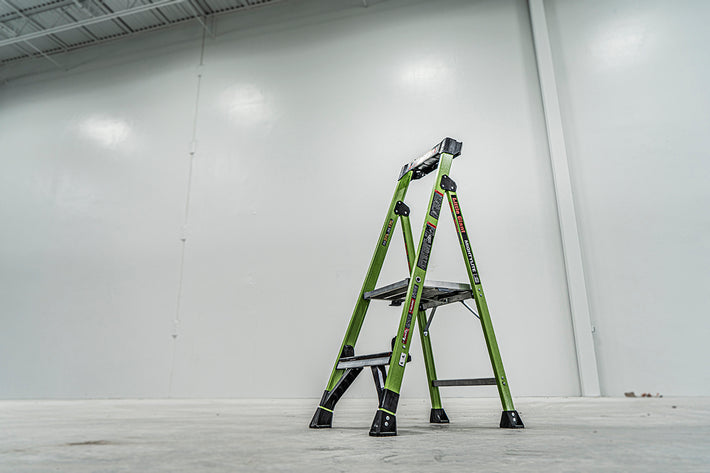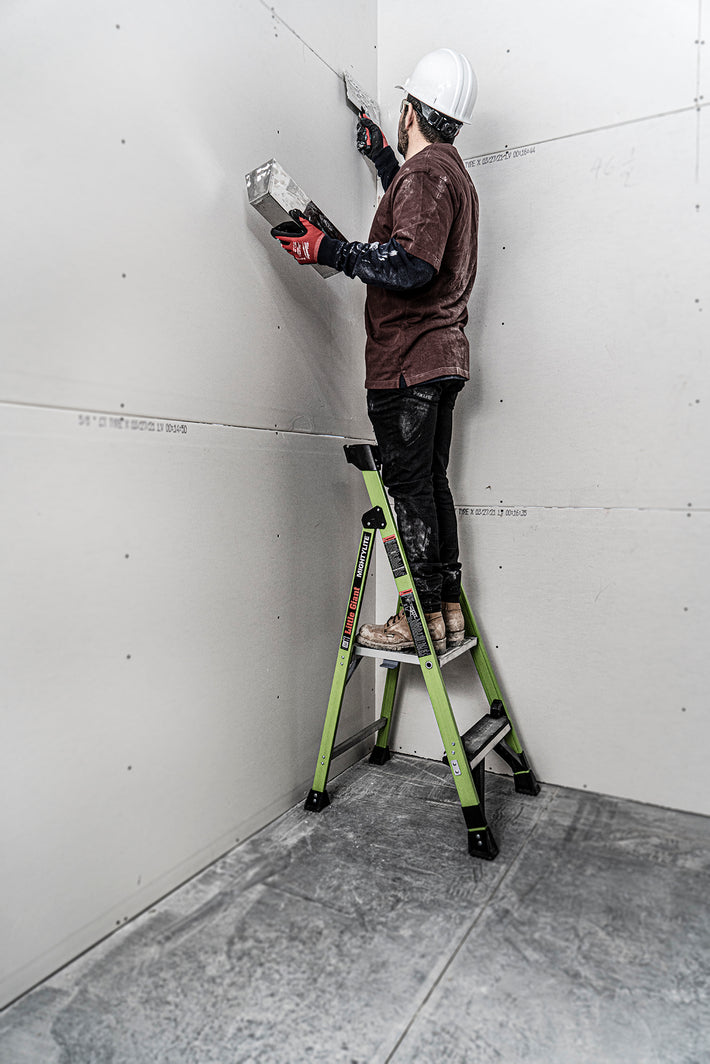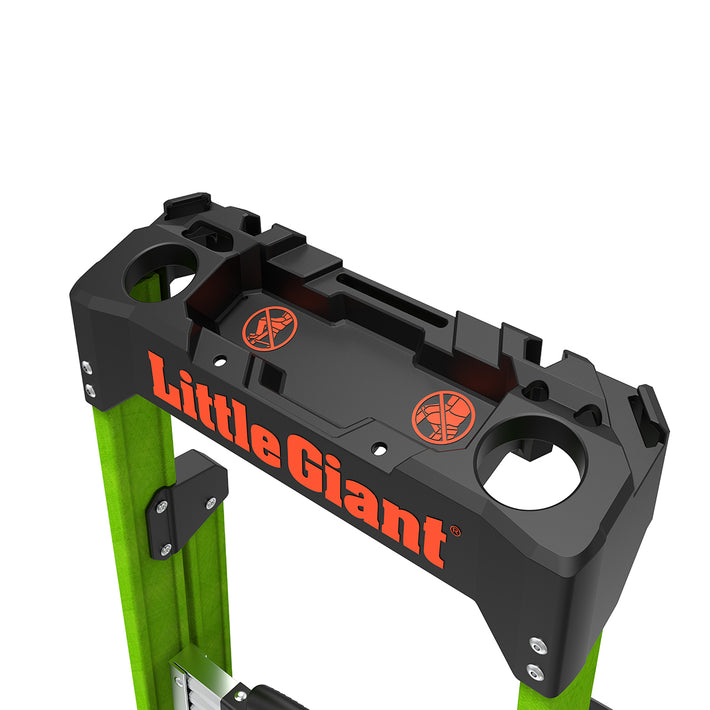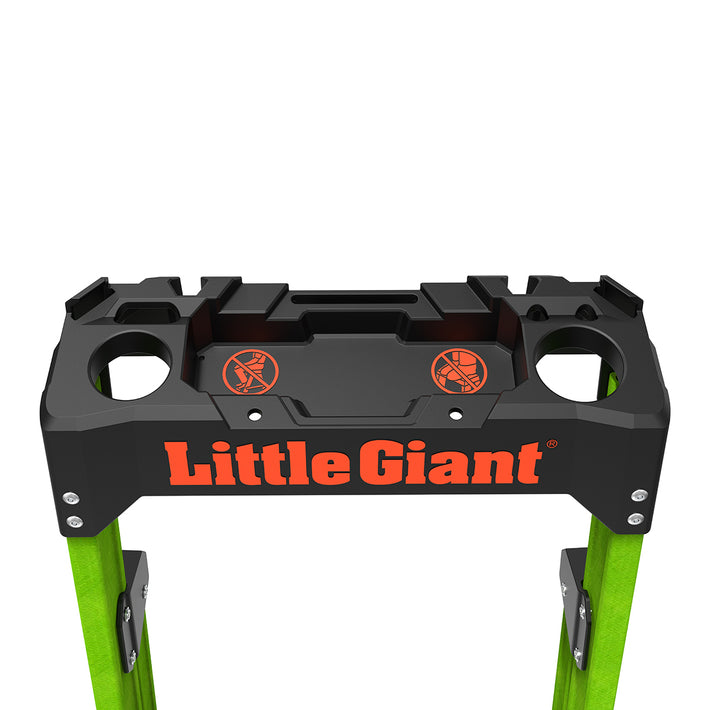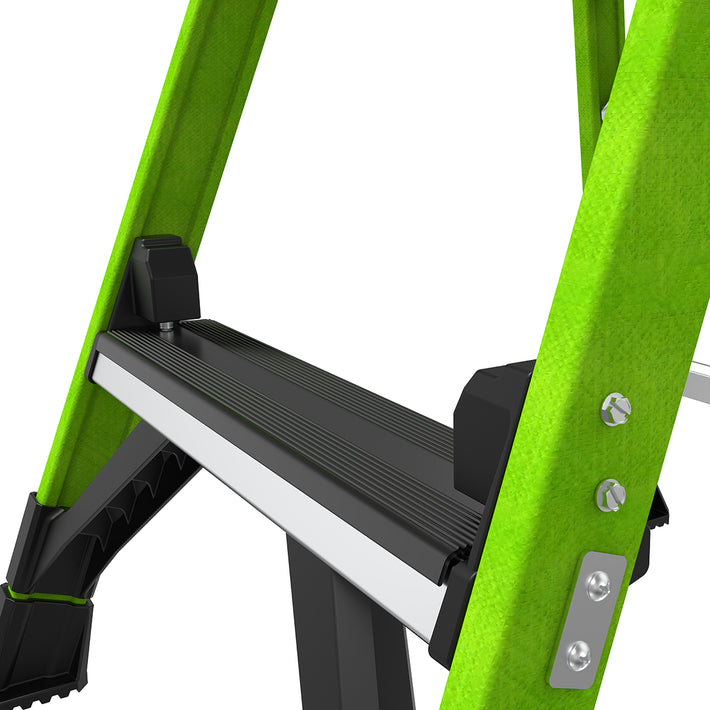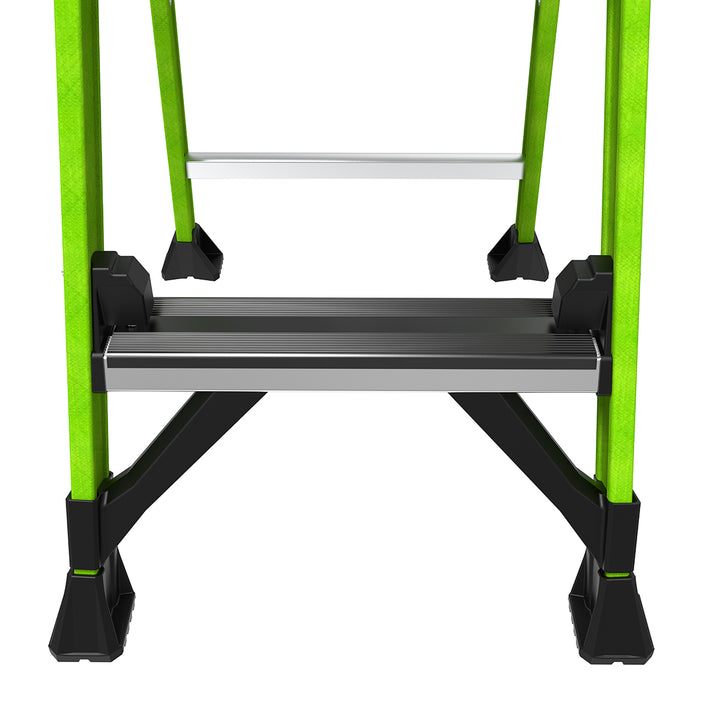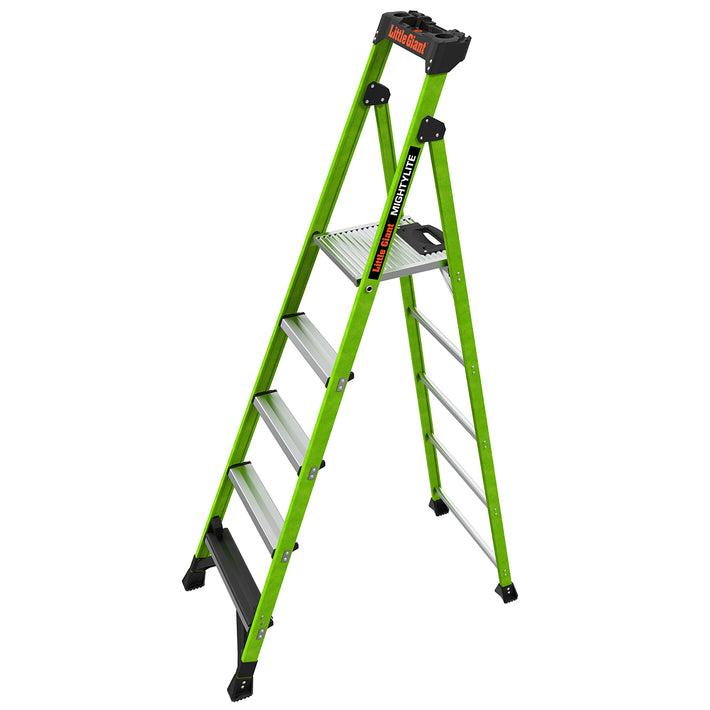Ladder Safety at the Top
As we’ve discussed over the course of this year’s Ladder Safety Month, ladder safety is a multi-faceted concept. It starts with choosing the right ladder and setting it up correctly before taking that first step onto the ladder’s rungs. Safety is crucial while climbing, as much as it is while working at the top.
So, if you’re considering the aspect of ladder safety at the top of your ladder, where should you begin?
Avoid Overreaching
The sad reality is that a significant portion of severe ladder-related injuries occurs from overreaching. But why does that happen? For most people, it’s a matter of inconvenience.
Consider this scenario: A worker is up at the top of a ladder and realizes that the ladder is set up just a few inches too far away from the targeted area. So, what are they going to do? Although they should climb down to reset the ladder, it’s an inconvenience that could cost precious time. So, they reach out to get it done from where they stand. Although it seems like an innocent choice, it can have tragic consequences. That seemingly innocuous overextension on the ladder shifts the ladder’s center of balance and causes it to tip, taking the worker and the ladder down.
It’s a story we’ve all heard far too often. It doesn’t have to end that way, but it can, and it usually does. Think about it- these injuries are occurring because people are cutting corners and trying to save time. And here’s the thing- we understand the temptation of overreaching. It can seem like a nuisance to climb up and down multiple times to make sure you’re close to your work, but it’s necessary if you want to ensure your safety while working on the job. Consider it like speeding in a car. Although you may save a little time by driving faster than the limit, and you may not get caught, you always run the risk of getting pulled over and having to spend extra time on the side of the road while the police officer writes you a ticket. But in the instance of overreaching on a ladder, the consequences can be more long-lasting.
A good rule of practice is to always keep your belt buckle between the rails of your ladder. If you see that the center of your body is extending beyond the side rail, you’ve gone too far.
Making Adjustments
Unfortunately, overreaching isn’t the only thing that we see when people have their ladder too far away from their work. Over the years, we’ve seen some of the craziest and most unsafe ladder practices from people who aren’t close to their work.
Obviously, as we mentioned above, if you’re too far away from your work, you need to climb down to make an adjustment. However, there are many people who try to adjust their ladder while they’re at the top, so we thought it would be poignant to mention some “adjustment don’ts”.
Ladder Walking
Even a quick search on YouTube shows ample results of people showing off how to “walk” their ladder as a means of speeding up their work. And although it may seem obvious to the Little Giant team that it’s dangerous, these videos are full of comments from professional tradespeople and DIYers applauding how “genius” it is. So, in case you were at all unsure, walking your ladder while you stand on it is dangerous and will also wear out your ladder’s joints, which can lead to other problems.
Ladder Hopping
As absurd as it may sound, we’ve also seen people try to scoot their ladder around by hopping or jumping the rear legs while they’re at the top of the ladder. It should go without saying, but you shouldn’t do this. It’s an entirely avoidable accident.
Protective Equipment
Now, enough about overreaching for the time being. While working at the top of a ladder, ensure that you’re wearing the appropriate personal protective equipment (PPE). If you’re working on a project that could cause dust, wood chipping, sparks, etc., you should make sure you’re wearing safety goggles or eye protection while climbing. The primary reason? Your body’s reflexive reaction to getting something in your eye is to jerk away. What happens if you jerk backwards while on a ladder? You’re going to fall. Talk about adding insult to injury, right?
But as you likely know, PPE doesn’t end with googles. It extends to footwear, hardhats, reflective gear, gloves, etc. Be mindful of your company’s policies if you’re on the job site. And if you’re working on a project at home, take some time to think about what you need to wear to be as safe as you can while at the top.
Three Points of Contact
One of the things we talk about the most at Little Giant Ladders is maintaining three points of contact while climbing or working on a ladder. It’s related to the idea of overreaching, but goes beyond just overreaching issues. You can overreach while still maintaining three points of contact. The purpose for pushing the importance of ladder contact is about your personal balance and stability on the ladder. It’s about not carrying more than you can handle and not standing so high on the ladder that you can’t work safely.
Adhering to the rule of three points of contact is easy, especially since you can use a few variations of contact, including two feet and a hand, two feet and your knees, etc.
Follow Standing Warnings
Every ladder has warning labels on the rungs that indicate where you cannot stand, because you’re too high on the ladder. These standing warnings are related to the three points of contact rule, but it’s also a little bit different.
These warning labels show how far up you can safely stand and also serve as a reminder to not stand or sit on the top cap of your ladder. I know it seems tempting to stand on a ladder’s top cap, especially if it’s wide enough that it looks like it can support your feet or your seat. But standing or sitting that high up is a recipe for disaster.
Also, we’ve seen a lot of people who straddle the top of their multi-position ladder, so their legs dangle off of each side. And although in that instance, they may in-fact be adhering to “three points of contact”, it still is a violation of the ladder’s warning labels.
Although some of these pointers may seem like common sense or may seem like unnecessary and or even strict requirements, remember that following ladder safety rules helps you work faster and safer. Even if a rule seemingly will take up more time or effort, remember that your safety is more important than any speed you gain.
Ladder Safety Month
During Ladder Safety Month, we encourage you all to take time to participate in ladder safety training, share the safety tips you’ve learned with those around you, and of course, be sure to implement this ladder safety knowledge each time you climb.
- Week One: Choosing Your Ladder
- Week Two: Safety Before the First Step (Inspection and Set-Up)
- Week Three: Safety While Climbing
- Week Four: Safety at the Top
- Week Five: Ladder Safety Misconceptions
Find Us Online
Find us online during Ladder Safety Month on:


